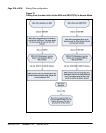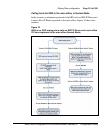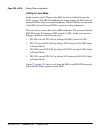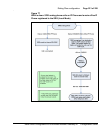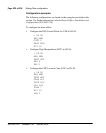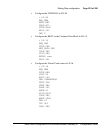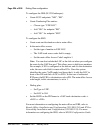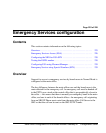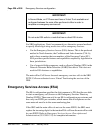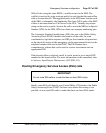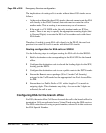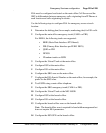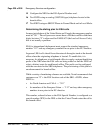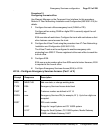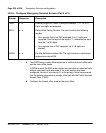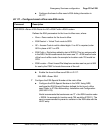
Page 226 of 258 Emergency Services configuration
553-3001-207 Standard 2.00 January 2006
For SRG applications, Nortel recommends two alternative general methods
to specify which digit string results in a call to emergency services:
• Use the Emergency Services Access (ESA) feature. This is the preferred
method in North America, the Caribbean and Latin America (CALA),
and in those countries that are members of the European Union (EU).
ESA provides specific features and capabilities required by legislation in
these jurisdictions.
• Use of a special dialing sequence, such as a Special Number (SPN) in the
Network Alternate Route Selection (NARS) data block. This does not
result in ESA features or capabilities.
The main office Call Server forwards emergency services calls to the SRG
PSTN. Calls are redirected over a Virtual Trunk using the services of the
NRS.
Emergency Services Access (ESA)
The ESA configuration specifies the digit sequence (a DN) that the user dials
to start an emergency call, known as the Emergency Services Directory
Number (ESDN). There can only be one ESA configuration per customer and
thus only one ESDN per customer, which means that all telephones on the
same network must be in the same numbering plan.
If the SRG and the main office do not use the same ESDN, the SRG must
replace the incoming digits for the tandem ESA call from the main office with
its own ESDN. Refer to Emergency Services Access: Description and
Administration (553-3001-313) for complete information.
IMPORTANT!
In Normal Mode, an IP Phone must have a Virtual Trunk available and
configured between the main office and branch office in order to
complete an emergency services call.
IMPORTANT!
Do not route ESA calls to a node that has no direct ESA trunks.



